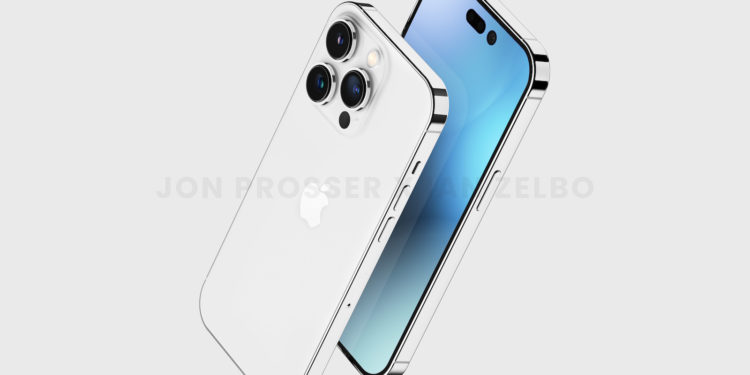Apple presented iOS 16 and Co. as part of the WWDC 2022 keynote. Corresponding beta versions are already available for registered developers. Now references to an always-on display feature have actually been discovered in the code.
Rumors suggest that the iPhone 14 Pro could have a new always-on display. Now the US blog 9to5Mac reports that the iOS 16 beta contains several clues. Originally, Mark Gurman reported that the iPhone 14 Pro models could exclusively have an always-on display. Now that the first developer beta is available, 9to5Mac has several clues discoveredthat confirm that iOS 16 does indeed include support for an always-on display. Three new frameworks have been added in iOS 16 that relate to managing the backlight of the iPhone display. Backlight management is an important aspect of enabling the always-on feature. Each of these frameworks contains references to an always-on display feature.
iOS 16 beta reveals new iPhone 14 Pro feature
In theory, one might assume that these features were added in relation to the existing Always-on Display features of the Apple Watch - but that is not the case. According to the report, all of the discovered frameworks are used by various components of iOS, including the lock screen. There are also several references to an Always-on Display in the Springboard, which manages the iPhone's lock screen (and home screen). The Apple Watch does not use Springboard, so the feature is an iPhone feature. According to the iOS 16 code, there are also hidden flags that allow Apple engineers to enable the Always-on feature, even on unsupported devices. This means that Apple engineers can test the Always-on Display feature on the iPhone 13 Pro before the feature is eventually introduced in the iPhone 14 Pro and iPhone 14 Pro Max.
Why should the feature be exclusive to iPhone 14 Pro models?
But why would Apple limit the feature to the iPhone 14 Pro range while testing it on the iPhone 13 Pro models? The reason is the variable refresh rate of the ProMotion display. The iPhone 13 Pro variable refresh rate display can be scaled from 120 Hz to 10 Hz. As a reminder, the Apple Watch's always-on display can be scaled to a 1 Hz refresh rate. This makes it an option that does not affect the Apple Watch's battery life. While it is not confirmed, it is possible that the iPhone 14 Pro will run at 1 Hz to conserve battery life while offering an always-on display. Ultimately, it is clear that iOS 16 lays the groundwork for such a feature in many ways. The new widget and notification designs on the lock screen are perfect for an always-on display, and the underlying iOS 16 code confirms that such a feature is in development. (Image: Ian Zelebo x Jon Prosser)





